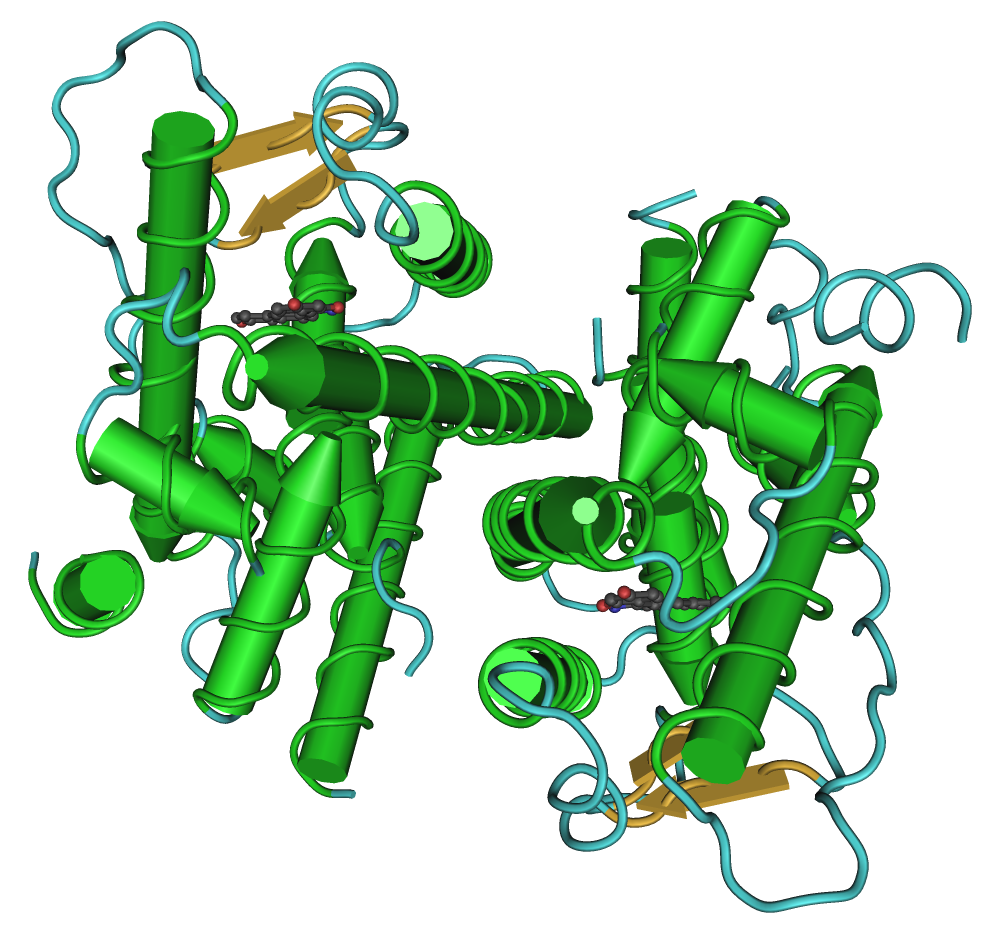Numerous studies have found that one drink per day raised risk of breast and other cancers by as much as 15%. Drinking cessation or reduction in alcohol consumption are 2 of the most cost-effective approaches to reduce the risk of cancer in women.
Advise your patients -- even those who are moderate drinkers -- that their risk of various cancers would be significantly reduced by abstaining from drinking altogether.
Breast Cancer
The most recent study, published in the British Medical Journal, included retrospective data on more than 88,000 women and nearly 48,000 men participating in the Nurses’ Health Study (from 1980) and Health Professionals Follow-up Study ( from 1986), with all of them followed until 2010.
Research consistently shows that drinking alcoholic beverages -- beer, wine, and liquor -- increases a woman's risk of hormone-receptor-positive breast cancer. Alcohol can increase levels of estrogen and other hormones associated with hormone-receptor-positive breast cancer. Alcohol also may increase breast cancer risk by damaging DNA in cells.

“Light to moderate drinking is associated with minimally increased risk of overall cancer. For men who have never smoked, risk of alcohol related cancers is not appreciably increased for light and moderate drinking (up to two drinks per day). However, for women who have never smoked, risk of alcohol related cancers (mainly breast cancer) increases even within the range of up to one alcoholic drink a day,” the Harvard team concluded.
According to the National Institute on Alcohol Abuse and Alcoholism, a standard alcoholic drink in the United States contains 14.0 grams (0.6 ounces) of pure alcohol. Generally, this amount of pure alcohol is found in:
- 12 ounces of beer
- 8 ounces of malt liquor
- 5 ounces of wine
- 1.5 ounces or a shot of 80-proof liquor
“Smoking and heavy alcohol consumption should be absolutely avoided to prevent cancer,” lead author Yin Cao, ScD, in a report from Nature World Report. Dr. Cao is a research fellow in the Department of Nutrition at Harvard T H Chan School of Public Health in Boston.
“People with a family history of cancer, especially women with a family history of breast cancer, should consider reducing their alcohol intake to below recommended limits, or even abstaining altogether, given the now well established link between moderate drinking and alcohol related cancers,” Jürgen Rehm, PhD, told BenchmarkReporter.com. Dr. Rehm is Director of Social and Epidemiological Research at the Centre for Addiction and Mental Health in Toronto.
More than 100 epidemiologic studies have investigated the association between alcohol consumption and breast cancer risk women. These studies have consistently found an increased risk of breast cancer associated with increasing alcohol intake.
A meta-analysis of 53 of these studies (which included a total of 58,000 women with breast cancer) showed that women who drank more than 45 grams of alcohol per day (approximately three drinks) had 1.5 times the risk of developing breast cancer as nondrinkers (a modestly increased risk).
The risk of breast cancer was higher across all levels of alcohol intake: for every 10 grams of alcohol consumed per day (slightly less than one drink), researchers observed a small (7%) increase in the risk of breast cancer.
The Million Women Study in the United Kingdom (which included more than 28,000 women with breast cancer) provided a more recent, and slightly higher, estimate of breast cancer risk at low to moderate levels of alcohol consumption: every 10 grams of alcohol consumed per day was associated with a 12% increase in the risk of breast cancer.
